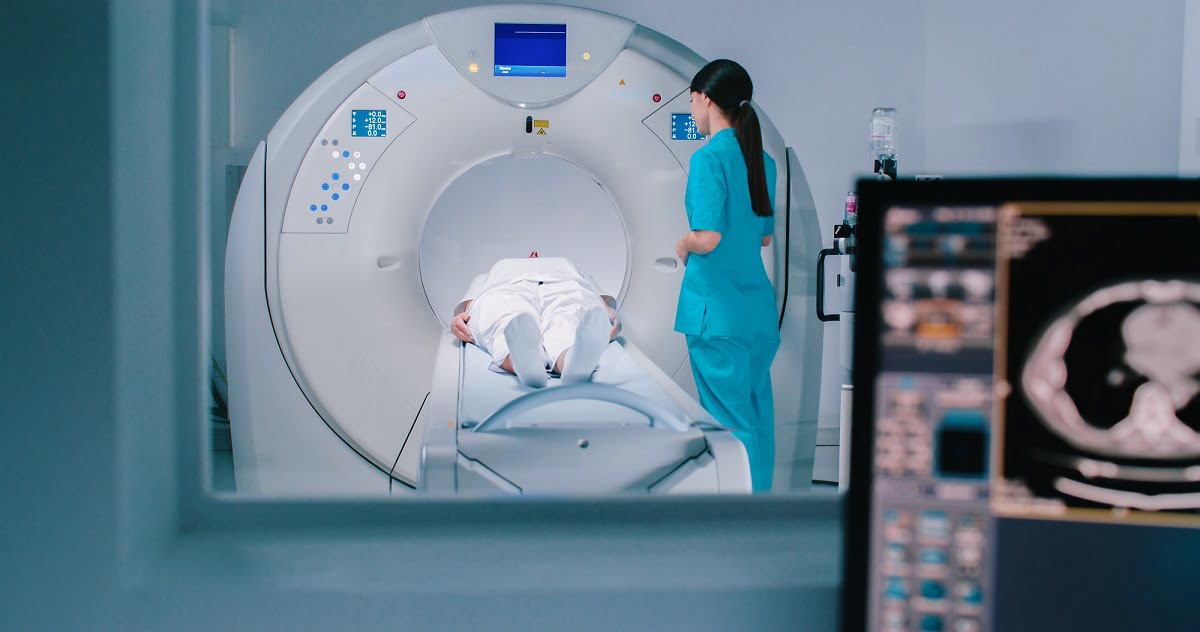Why is HRCT Chest Important?
HRCT chest is an essential diagnostic tool for evaluating and managing various lung-related conditions. Some of the key reasons why HRCT chest is important include:
1. Early Detection of Lung Diseases: HRCT can detect subtle changes in lung tissue that may not be visible with regular X-rays or traditional CT scans. This makes it particularly valuable in diagnosing early stages of diseases such as pulmonary fibrosis, chronic obstructive pulmonary disease (COPD), and sarcoidosis.
2. Assessing Interstitial Lung Disease: Conditions like idiopathic pulmonary fibrosis (IPF), non-specific interstitial pneumonia (NSIP), and other forms of interstitial lung disease (ILD) often require HRCT for accurate diagnosis. HRCT provides high-resolution images that help doctors assess the extent of lung damage and the pattern of fibrosis or scarring.
3. Evaluation of Lung Infections and Tumors: HRCT can detect infections, lung abscesses, and pulmonary nodules, as well as help identify early stages of lung cancer. It can provide detailed information on the size, shape, and location of tumors or masses within the lungs, aiding in treatment planning.
4. Monitoring Disease Progression: HRCT is valuable for tracking the progression of chronic lung diseases. For example, it can help evaluate how well a patient with pulmonary fibrosis or COPD is responding to treatment by providing ongoing, detailed images of lung function and structure.
Who Should Consider HRCT Chest?
HRCT of the chest may be recommended for individuals who have symptoms or conditions related to lung health, including:
1. Chronic Respiratory Symptoms: Patients with unexplained or chronic respiratory symptoms such as persistent cough, shortness of breath, or wheezing may undergo an HRCT to help identify underlying causes like fibrosis, interstitial lung disease, or chronic infections.
2. Suspected Lung Diseases: Individuals suspected of having interstitial lung disease (ILD), pulmonary fibrosis, sarcoidosis, or emphysema may need HRCT for further evaluation, as these conditions can be difficult to diagnose with standard imaging techniques.
3. Follow-up on Pre-existing Conditions: HRCT is often used to monitor patients with a known history of lung conditions, such as asthma, COPD, or lung cancer, to track disease progression or response to treatment.
4. Post-Exposure to Harmful Substances: People who have been exposed to harmful environmental factors, such as asbestos, chemicals, or pollutants, may undergo HRCT to check for lung damage or diseases such as asbestosis or pneumoconiosis.









